Is RSV Contagious? Answered: Its Risks, Symptoms, and Prevention.
Respiratory syncytial virus (RSV) is a common viral infection that affects the respiratory tract, primarily in young children. Is RSV contagious? It is a common question that arises among parents and guardians.
RSV infant mortality rate is also recorded to be quite high due to several factors such as their immunologic status.
Typically, RSV infection for the first time happens in children before their second birthday. The infection can repeat throughout one’s life and it may infect people of any age.
The article answers this question while also addressing other common queries. It can cause mild to severe symptoms, ranging from cold-like symptoms to more severe respiratory distress, especially in infants and older adults. Its transmission, symptoms, risk factors, and strategies for prevention.
Continue reading if you want to know more about the RSV symptoms, risks and the treatment options.
How Does RSV Spread?
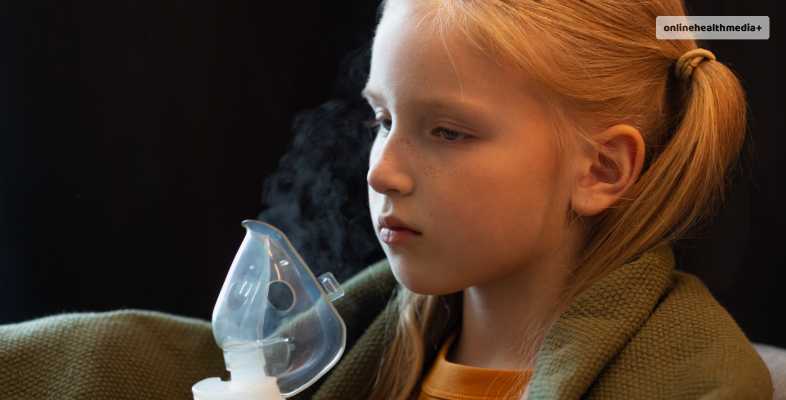
RSV is highly contagious and spreads easily from person to person through respiratory droplets when an infected person coughs or sneezes.
Additionally, the virus can survive on surfaces and objects for several hours, increasing the risk of transmission through direct contact with contaminated surfaces.
RSV can spread rapidly in crowded settings such as daycare centers, schools, and healthcare facilities, making it a significant public health concern, particularly during the winter months when RSV activity is highest.
What type of mutation causes sickle cell disease is another question that you may think is related to RSV. However, apart from confusion, there is nothing else linking the two.
RSV Season: When Is It, How to Recognize the Signs
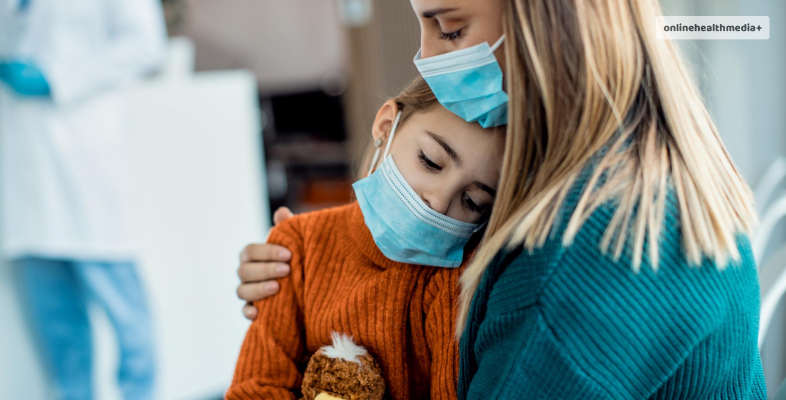
RSV is not necessarily a seasonal virus that can affect mostly children while also affecting the respiratory health of adults. The condition is known to cause a lot of discomfort for the child, which can range from being mild to severe.
The primary season of the virus is Fall, but it can circulate well during Spring as well. The CDC estimates that nearly 58,000-odd children under the age of 5 can go to hospitals. This number can go up to 60,000 for adults over 65 years.
The virus can be found during the above season due to the rise in viral illness and the time during which it can thrive. The presence of any microorganism such as RSV during a particular season indicates the temperature or environmental conditions it prefers.
The overall seasonal pattern that RSV follows remains the same, fall to spring. The exact time, such as when it begins, its peak season and the end of this “RSV season” varies every year.
How long is RSV contagious is a common question that can help you know how long the condition is going to go on.
The usual duration of the condition is one to two weeks, when the symptoms are mild. If the condition is serious, cough is a serious symptom that stays.
Symptoms of RSV Infection
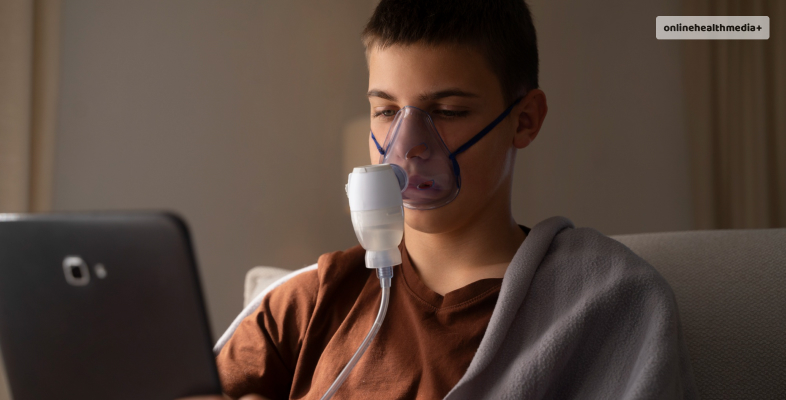
The symptoms of RSV infection can vary depending on the age and overall health of the affected individual. In infants and young children, common symptoms of RSV infection may include
1. Runny or stuffy nose: Nasal congestion and discharge are common early symptoms of RSV infection, similar to those of a common cold.
2. Cough: A persistent cough, often accompanied by wheezing or difficulty breathing, may develop as the infection progresses.
3. Fever: Some children with RSV infection may develop a low-grade fever, although fever is less common in infants under three months of age.
4. Difficulty breathing: In severe cases, RSV infection can cause respiratory distress, characterized by rapid or labored breathing, flaring of the nostrils, and retractions (visible pulling in of the chest muscles with each breath).
5. Poor feeding or lethargy: Infants with RSV infection may have reduced appetite, decreased activity level, and signs of dehydration.
In older children and adults, RSV infection may present with symptoms like a cold or flu, including cough, congestion, sore throat, fever, and fatigue.
However, severe respiratory symptoms are less common in healthy adults and older children compared to infants and individuals with underlying health conditions.
Spread of RSV
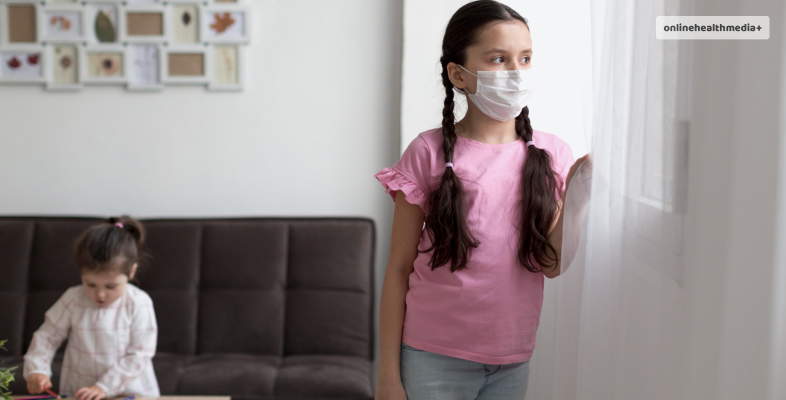
The transmission or the tendency of a microorganism to spread depends on several factors. How contagious is RSV? It is a common question that can be answered through studying the virus’ pattern of transmission.
The contagiousness of the virus is studied more than other respiratory viruses. It easily transmits from one person to another. The mode of transmission for this virus is mainly:
- Direct contact
- Indirect contact or through encountering the respiratory droplets which contain the virus. In addition, the virus can also spread through surface contact.
Common questions that you may have:
- When is RSV contagious? RSV is contagious when it comes from an infected person and is released into the environment. This virus can transmit as soon as it is out of the infected person’s body (through the common routes.)
- Is RSV contagious without fever? Yes, there is no relation between RSV’s contagiousness and the presence of a fever. The exact contagiousness of RSV is known to be three, which is the number of people an infected person can spread it to.
Risk Factors for RSV Complications

While RSV infection typically resolves on its own within one to two weeks, certain individuals may be at increased risk of developing complications, especially infants, older adults, and individuals with weakened immune systems or underlying health conditions.
- Premature infants,
- Infants with chronic lung disease or
- Congenital heart defects, and
- Adults with chronic respiratory conditions or
- Compromised immune function is particularly vulnerable to severe RSV-related complications such as pneumonia or bronchiolitis, which may require hospitalization and intensive medical care.
Prevention Strategies for RSV
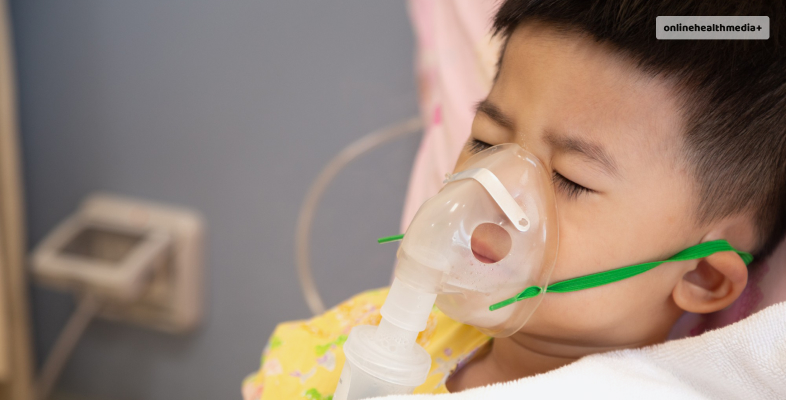
Preventing RSV infection and its spread is crucial, especially in high-risk populations such as infants and individuals with underlying health conditions. Here are some key prevention strategies
1. Hand Hygiene: Regular handwashing with soap and water for at least 20 seconds is one of the most effective ways to prevent the spread of RSV and other respiratory viruses. Alcohol-based hand sanitizers can also be used when soap and water are not available.
2. Respiratory Etiquette: Covering coughs and sneezes with a tissue or the elbow can help prevent the spread of respiratory droplets containing RSV virus particles. Encouraging proper respiratory etiquette among children and adults can reduce the risk of transmission in community settings.
3. Avoiding Close Contact: Limiting close contact with individuals who are sick or have symptoms of respiratory infection, especially infants, young children, and older adults, can help reduce the risk of RSV transmission. Additionally, avoiding crowded settings and practicing social distancing during periods of high RSV activity can help minimize exposure to the virus.
4. Cleaning and Disinfection: Regular cleaning and disinfection of frequently touched surfaces and objects, such as doorknobs, toys, and countertops, can help prevent the spread of RSV and other viruses. Use EPA-approved disinfectants that are effective against respiratory viruses and follow manufacturer instructions for proper use.
5. Vaccination: While there is currently no vaccine available to prevent RSV infection in the general population, certain high-risk groups may benefit from preventive measures such as palivizumab, a monoclonal antibody medication given to certain infants and young children at high risk of severe RSV-related complications.
Management of RSV in Healthcare Settings

In addition to preventive measures in the community, healthcare facilities play a critical role in managing RSV outbreaks and preventing transmission among vulnerable patient populations.
Healthcare providers should be vigilant for signs and symptoms of RSV infection, especially during peak RSV seasons, and implement appropriate infection control measures to minimize the spread of the virus within healthcare settings.
This may include isolating patients with suspected or confirmed RSV infection, using personal protective equipment (PPE) such as masks and gloves, and implementing enhanced cleaning and disinfection protocols in patient care areas.
Educational Campaigns and Public Awareness
Raising awareness about RSV infection and its transmission is essential for empowering individuals and communities to take proactive steps to protect themselves and others from infection.
Public health campaigns, educational materials, and outreach efforts can help disseminate accurate information about RSV, its symptoms, risk factors, and prevention strategies to healthcare providers, parents, caregivers, and the general public.
By increasing awareness and promoting preventive measures, we can reduce the burden of RSV-related illness and complications on individuals, families, and healthcare systems.
Research and Vaccine Development
Advancing research into RSV virology, immunology, and vaccine development is critical for developing effective preventive and therapeutic interventions to control the spread of RSV and reduce its impact on public health.
Several vaccines and antiviral medications targeting RSV are currently under development and undergoing clinical trials, offering hope for future prevention and treatment options.
By supporting research efforts and investing in innovative approaches to combat RSV, we can improve our understanding of the virus and develop more effective strategies to prevent and manage RSV-related illness.
Global Health Considerations
While RSV primarily affects young children and older adults in temperate climates, it also poses a significant burden on global health, particularly in low- and middle-income countries with limited access to healthcare resources and preventive measures.
Addressing the global impact of RSV requires a coordinated effort to improve access to vaccines, healthcare services, and public health infrastructure in resource-limited settings.
By prioritizing global health equity and collaboration, we can work towards reducing the global burden of RSV and improving health outcomes for all individuals affected by this preventable respiratory infection.
Conclusion
Respiratory syncytial virus (RSV) is a highly contagious viral infection that poses a significant public health challenge, particularly for vulnerable populations such as infants, older adults, and individuals with underlying health conditions.
By understanding the contagious nature of RSV, its transmission, symptoms, risk factors, and prevention strategies, we can take proactive steps to reduce the spread of the virus and protect those at highest risk of severe complications.
Through a combination of preventive measures, healthcare interventions, research efforts, and global collaboration, we can work towards mitigating the impact of RSV on public health and improving outcomes for individuals affected by this common respiratory virus.
Got any more questions on RSV? Let us know in the comments below.
Also read
- 5 Tips to Take Care of Your Sensitive Skin.
- What Is Red Light Therapy & What Are Its Main Benefits?
- Key Considerations When Trying To Get Pregnant: Increasing Your Chance Of Conceiving.



